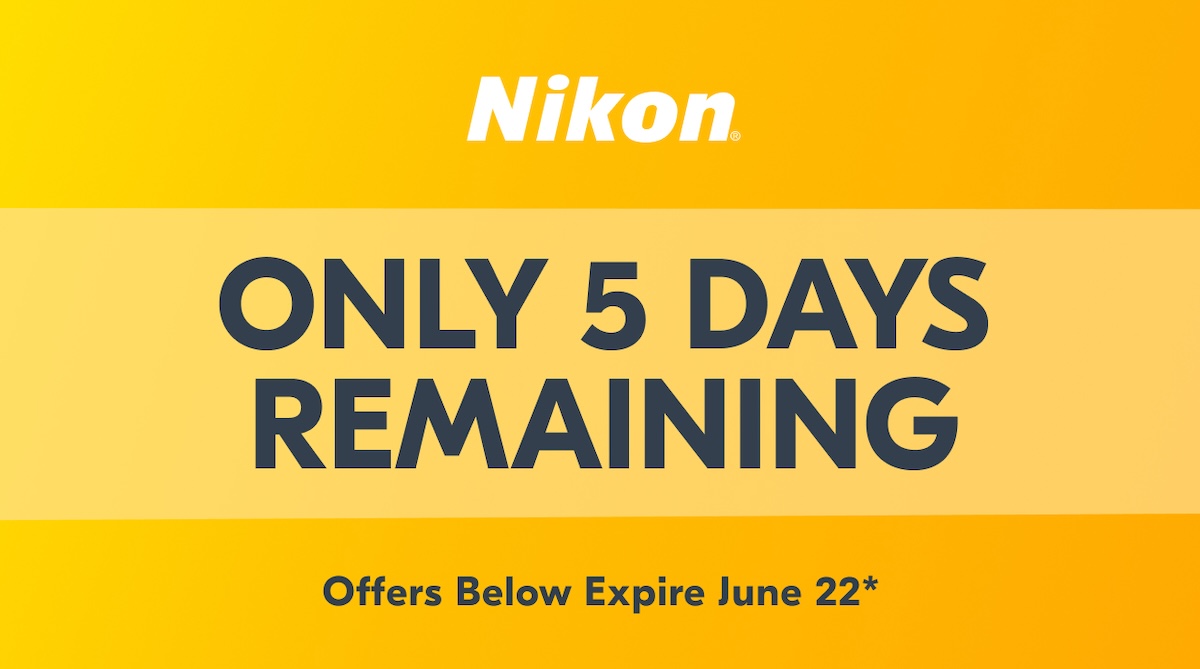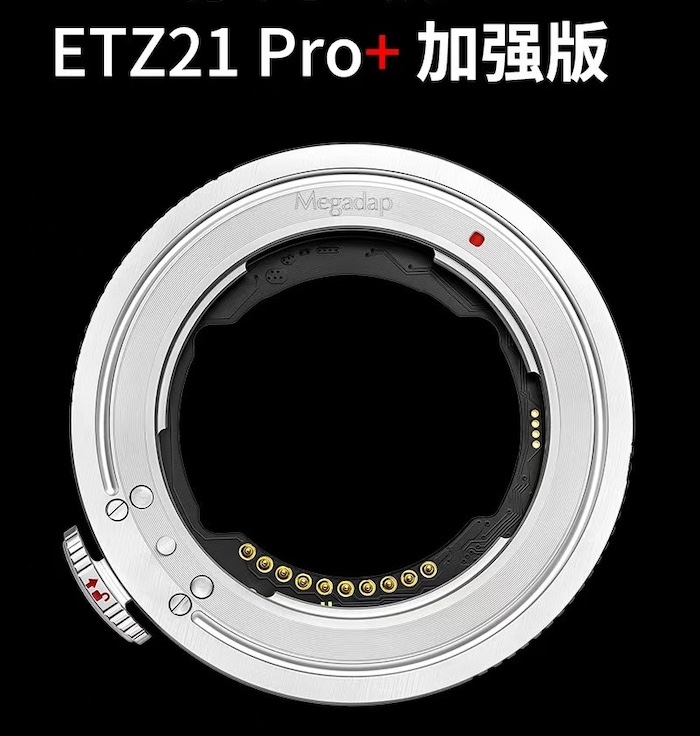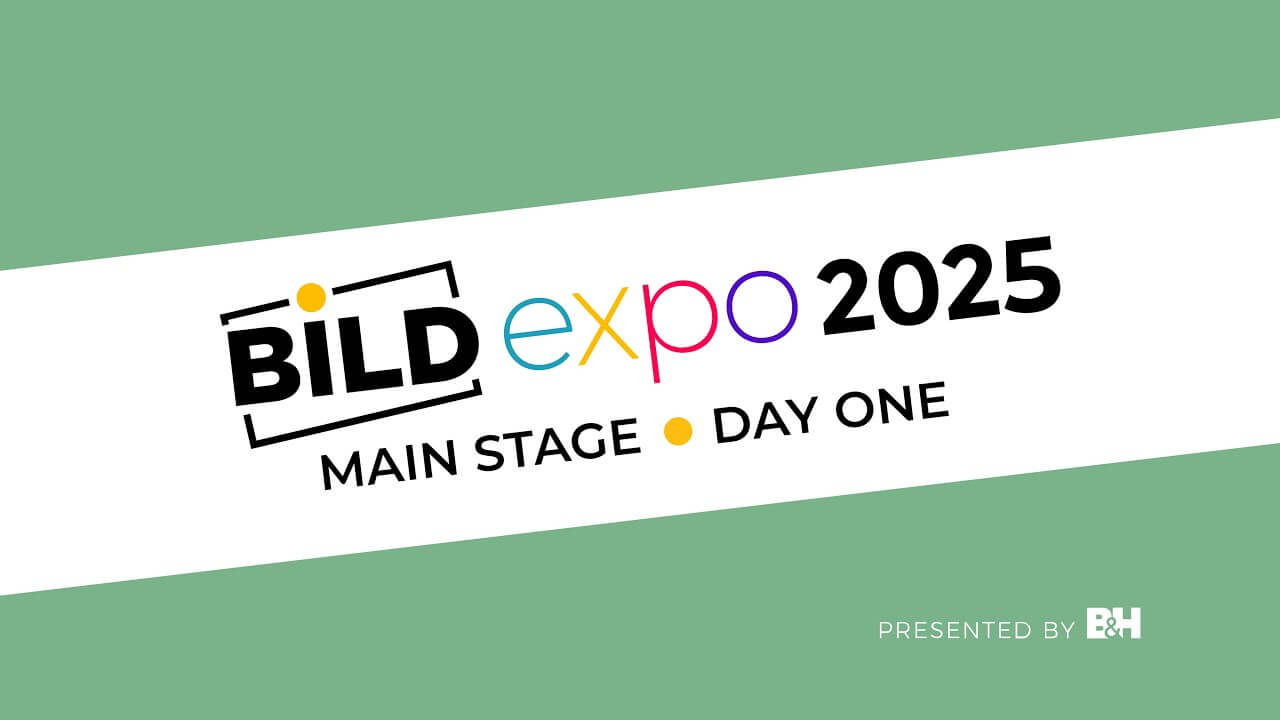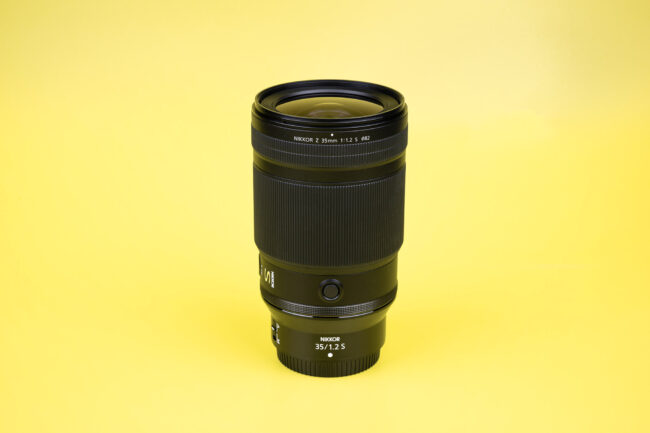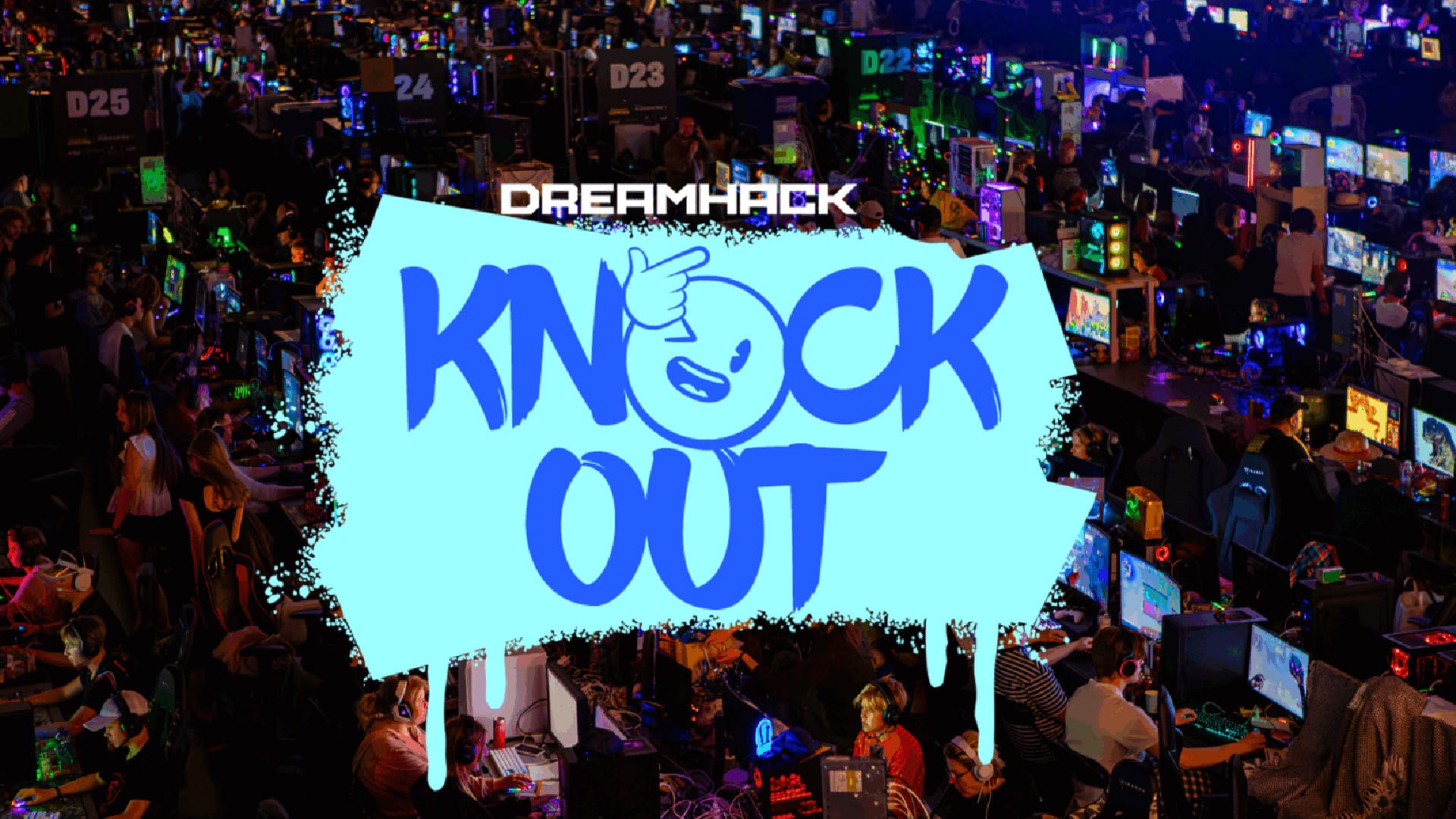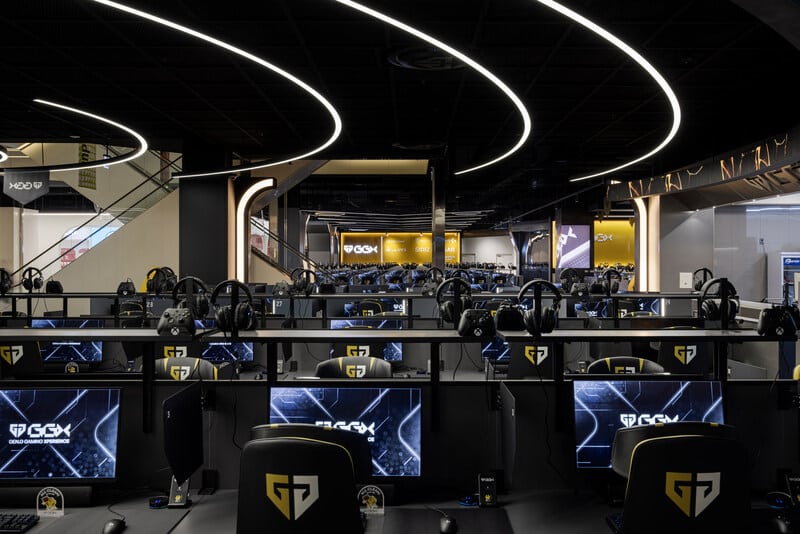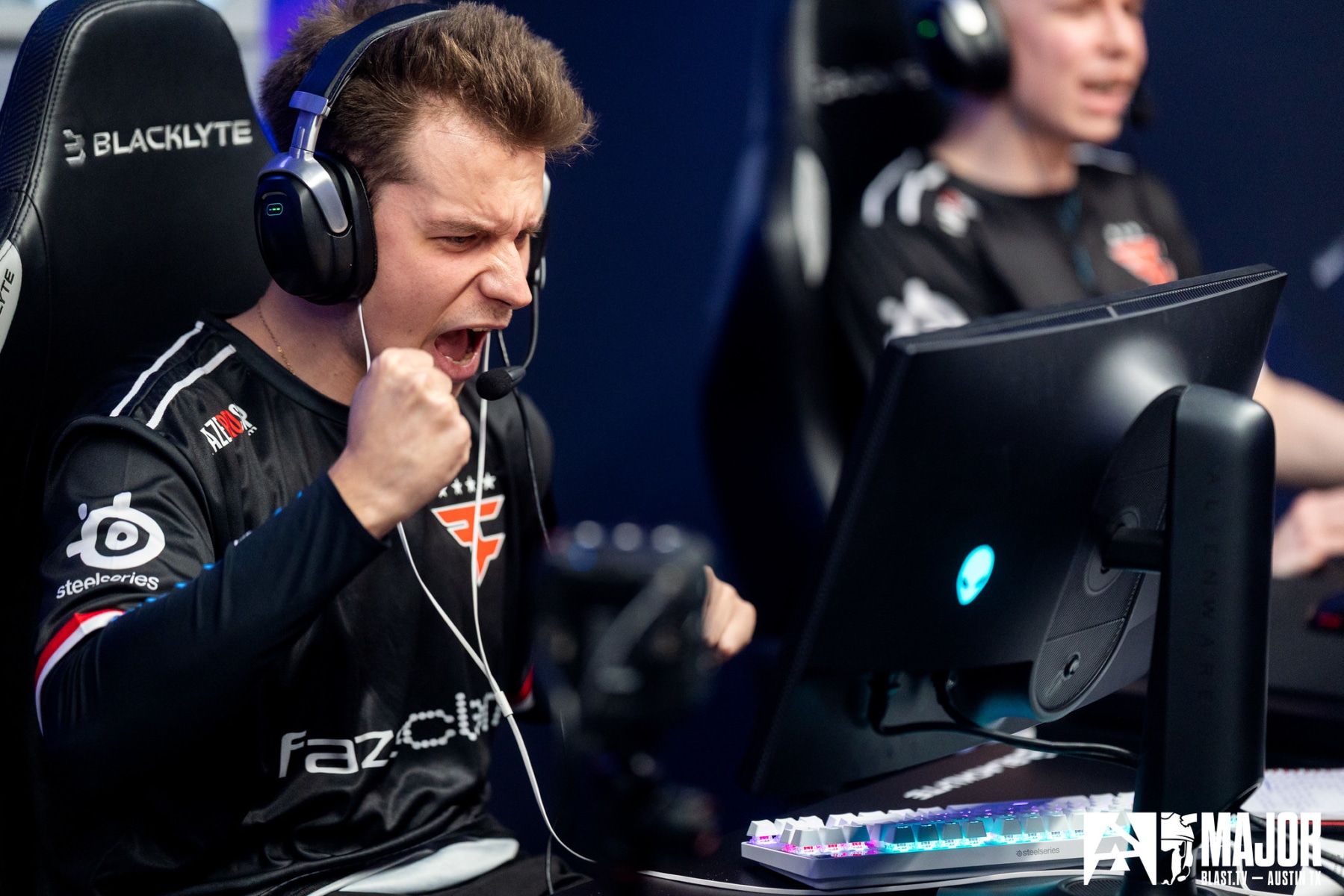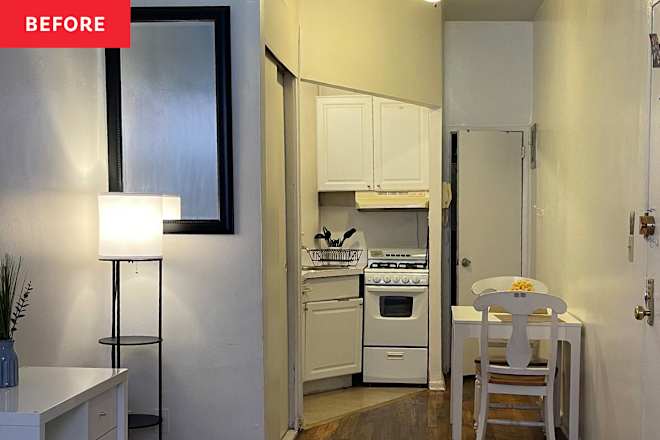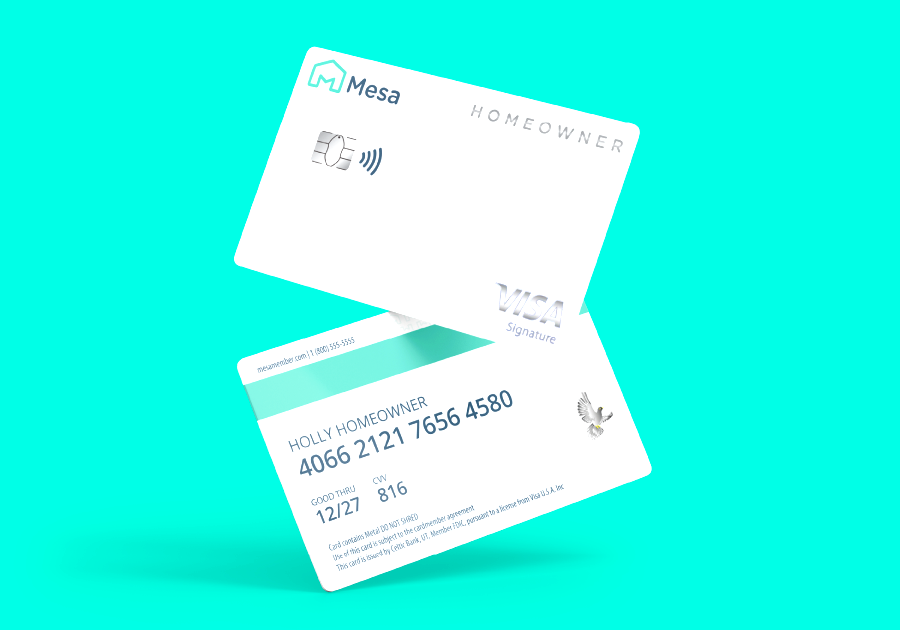The Best Handheld Gaming PCs to Take Your Games on the Go
Play your favorite PC, Steam, and Xbox games on the go with the best handheld gaming PCs.


Valve may have revolutionized mobile PC gaming with the Steam Deck, but more and more handheld gaming PCs are coming to market, giving it some stiff competition. Formerly, the Asus ROG Ally X knocked Steam’s offering from our top spot thanks to its impressive performance, fast memory, and long-lasting battery, but we've got a brand-new favorite: the Lenovo Legion Go S (Z1 Extreme, SteamOS). With the Xbox Ally X announced at the Xbox Games Showcase, you'll have plenty of options for gaming on the go in the future. Whether you’re after the Steam Deck itself or one of the best Steam Deck alternatives, we’ve selected excellent handheld gaming PCs ready to chew through the top PC games – as long as you don't try to run Doom: The Dark Ages.
TL;DR – These Are the Best Handheld Gaming PCs:
Rather than dealing with the bulk a gaming laptop, handheld gaming PCs keep far more compact dimensions, making it easier to play from just about anywhere. Even though these devices are obviously significantly smaller than a gaming PC, it doesn’t mean they’re underpowered. Many handheld gaming PCs are packing the performance prowess to cruise through AAA games like Cyberpunk 2077. If you get sick of playing on a smaller screen, a great Steam Deck dock works seamlessly with most handheld gaming PCs so you can hook up to your gaming TV.
While we’re on the cusp of a handheld gaming PC revolution, we've gotten our hands on a good chunk of these highly-capable devices. Below are the current four we deem worthy of consideration.
1. Lenovo Legion Go S (Z1 Extreme, SteamOS)
The Best Handheld Gaming PC
When the Lenovo Legion Go S first came out back in February 2025, it was a hot mess. The configuration Lenovo initially released was bogged down by the weak Z2 Go processor, which didn't pair well with Windows. And because it was both running Windows 11 and had 32GB of memory, this weaker handheld was just as expensive – if not moreso – than the original Legion Go that preceded it. But Lenovo has righted the ship by launching the Go S with the Z1 Extreme and SteamOS built-in.
This system is still expensive. You're looking at $829 to get this model, but that's only a bit more than the Asus ROG Ally X, which ended up being slower, if only by a bit, in my tests. When I reviewed this new Lenovo Legion Go S, I found that the SteamOS-powered handheld beat out the Ally X in synthetic benchmarks by as much as 9%. That's not bad, considering that handheld had the performance crown before this system came out. 
The elephant in the room is the Steam Deck. Even three years after its release, it's still an incredible and popular handheld, and it's not hard to see why. It's easy to use, and it's literally half the price of the Go S. But not only do you get a higher resolution display with this Legion Go S, you also get as much as double the performance. I was able to get a solid 60fps playing Baldur's Gate 3, and that's something I straight up couldn't do on the Steam Deck. Whether or not that's worth the higher price tag depends entirely on what you're looking for.
A great handheld gaming system is about more than just raw performance, though. It also needs to be comfortable to use, and despite the sytem being one of the largest I've used – and I've used a lot of them – it's extremely comfortable. The Lenovo Legion Go S has rounded edges that give you something to hold on to, and the textured finish makes it harder to slip out of your hands.
The Go S also has one of the most beautiful LCD displays I've seen in a while and proves that OLED isn't the only way to get a great picture in 2025. It's not quite as colorful as the Steam Deck OLED, to be fair, but it still made any game I played on it look awesome. Now that we're waiting for Microsoft and Asus to launch the ROG Xbox Ally X later this year, the Legion Go S is the PC gaming handheld to beat.
2. Asus ROG Ally X
The Best Windows Handheld Gaming PC
The Asus ROG Ally X we reviewed last year might use the same AMD Z1 Extreme processor as the original ROG Ally, but Asus has made enough little changes to the handheld that firmly make it the best gaming handheld running Windows on the market right now. The Z1 Extreme is accompanied by 24GB of LPDDR5 memory, clocked at 7,400MHz, a massive increase over the 16GB of RAM on the original model. Bcause the RAM is faster this time around, it results in a surprising performance lift that averaged around 12-15% in my testing.
Asus also made the chassis a little thicker and heavier. It's not enough to notice most of the time, but there's a reason behind the madness. The Asus ROG Ally X has an improved cooler and a battery that's twice as large as the original model. This means you can play games for multiple hours before you have to start running for the charger. The improved cooler also helps long gaming sessions by wicking hot air away from the touch display, avoiding the hot touch screen issue that plagued the original model.
The Asus Mobile XG port on the original model has been removed, and has been replaced by a second USB-C port, which is compatible with Thunderbolt 4. Asus has also replaced the controversial MicroSD card slot with one that will hopefully be a little more resistant to damage. (After all, Asus got into some hot water with the original ROG Ally thanks to some lackluster customer support that was documented by YouTuber Gamers Nexus.)
3. Valve Steam Deck
The Best Budget Handheld Gaming PC
Responsible for popularizing the handheld gaming PC revolution, the Valve Steam Deck doesn’t actually come with Windows installed. Instead, it uses Valve’s custom SteamOS, and thanks to the API Proton, the Steam Deck supports dozens of games optimized for the portable, from Cyberpunk 2077 to Forza Horizon 5.
There are ways to get Windows running on the 7-inch display portable by booting directly from the USB-C port. Beyond that is one of the best input controls available for any portable gaming handheld. See our full comparison between the Steam Deck and ROG Ally here.
There’s also the OLED version of the Steam Deck to consider for users who prefer a larger, brighter, and more vibrant screen. While still displaying at 1200x800, the Steam Deck OLED offers a noticeable difference, providing more clarity for a better visual experience. You'll also get improved battery life, a higher refresh rate, and more storage than the 256GB offered in the tradtional LCD model.
4. Lenovo Legion Go
The Best High Performance Handheld Gaming PC
When you're setting out to buy any kind of gaming PC, there's a balance you need to find: You want something with incredible performance, but still looks like the premium product that you paid for. Handheld gaming PCs are no different, and that's why the Lenovo Legion Go is such a catch. The Legion Go measures in at a massive 11.76 inches long and 5.16 inches tall with the controllers attached, and that's primarily because of the large display. Unlike other handheld gaming PCs like the Steam Deck or the Asus ROG Ally Z1 that take a lot of inspiration from the Nintendo Switch, the Legion Go sports an 8.8-inch 1600p display, almost making it a Windows 11 tablet with a controller stapled onto it. Luckily, Lenovo was able to keep the weight down a little bit, just 1.41lbs. Even if it's lighter than it looks, it's probably going to be hard for folks with smaller hands to use it. The 1600p display causes a bit of a hassle, too. Because this is using the same AMD Ryzen Z1 Extreme chipset as the ROG Ally, some games can have a bit of trouble running at the native resolution. This is easily solved by tinkering with your in-game settings to lower the resolution. If you're not comfortable doing the hands-on troubleshooting, this might not be the product for you. But if you're a long-time PC gamer like I am, you'll love just how flexible – and beautiful – the Lenovo Legion Go is. This is the handheld gaming PC for the hardcore PC gaming crowd.
Upcoming Handheld Gaming PCs
Now that the Lenovo Legion Go S is here, we have a first glimpse of the next generation of handheld gaming PCs. It had a rough start with the AMD Z2 Go, but the newer one with the Z1 Extreme is great, knocking the ROG Ally X down a peg in my rankings. There will be more handheld gaming PCs coming out over the rest of the year that are powered by the more powerful versions, like the Z2 Extreme. Just keep an eye out for the Lenovo Legion Go 2.
Finally, Microsoft has announced the ROG Xbox Ally X, an Xbox-branded follow-up to our second-favorite handheld gaming PC. Because it's made in collaboration with Microsoft, it's going to have a level of software optimizations that might put it on the same level as the Steam Deck. I'll have to wait to see how it holds up when I get it in the lab, but after going hands-on with it, we're definitely excited.
Handheld Gaming PC FAQ
Should I buy a handheld gaming PC or a gaming laptop?
Depending on how you want to game and what games you want to play will determine whether you should grab a gaming laptop or handheld PC. Handhelds score higher points in longevity, battery life, optimization, portability, and thermals. But handhelds are only designed to play games up to a certain specification. Gaming laptops cram in the latest GPU, CPU, and RAM, likely sacrificing battery life, thermals, and price. However, some are absolute beasts ready to take on even the most graphically intensive games. Laptops offer more functionality when it comes to editing and other work.
Check out our guide on the Steam Deck vs. gaming laptops for more information.
What’s the best Steam Deck alternative?
The Asus ROG Ally X is one of the best Steam Deck alternatives. This gaming handheld offers an easy-to-use interface, speedy performance, and stunning design. Most importantly, the Windows 11 gaming handheld lets you access your entire PC gaming library.
How does the Switch 2 compare to the Steam Deck?
On spec, the Switch 2 is delivers better performance than the Steam Deck. Check out our in-depth comparison to find out more.
Jackie Thomas is the Hardware and Buying Guides Editor at IGN and the PC components queen. You can follow her @Jackiecobra


